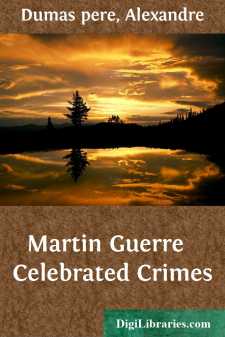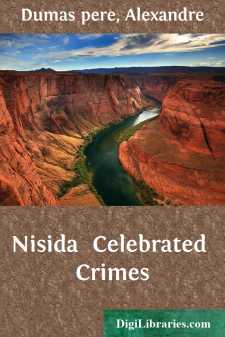Categories
- Antiques & Collectibles 13
- Architecture 36
- Art 48
- Bibles 22
- Biography & Autobiography 813
- Body, Mind & Spirit 142
- Business & Economics 28
- Children's Books 14
- Children's Fiction 11
- Computers 4
- Cooking 94
- Crafts & Hobbies 4
- Drama 346
- Education 46
- Family & Relationships 57
- Fiction 11829
- Games 19
- Gardening 17
- Health & Fitness 34
- History 1377
- House & Home 1
- Humor 147
- Juvenile Fiction 1873
- Juvenile Nonfiction 202
- Language Arts & Disciplines 88
- Law 16
- Literary Collections 686
- Literary Criticism 179
- Mathematics 13
- Medical 41
- Music 40
- Nature 179
- Non-Classifiable 1768
- Performing Arts 7
- Periodicals 1453
- Philosophy 64
- Photography 2
- Poetry 896
- Political Science 203
- Psychology 42
- Reference 154
- Religion 513
- Science 126
- Self-Help 84
- Social Science 81
- Sports & Recreation 34
- Study Aids 3
- Technology & Engineering 59
- Transportation 23
- Travel 463
- True Crime 29
Marguerite de Valois
Description:
Excerpt
MONSIEUR DE GUISE'S LATIN.
On Monday, the 18th of August, 1572, there was a splendid festival at the Louvre.
The ordinarily gloomy windows of the ancient royal residence were brilliantly lighted, and the squares and streets adjacent, usually so solitary after Saint Germain l'Auxerrois had struck the hour of nine, were crowded with people, although it was past midnight.
The vast, threatening, eager, turbulent throng resembled, in the darkness, a black and tumbling sea, each billow of which makes a roaring breaker; this sea, flowing through the Rue des Fossés Saint Germain and the Rue de l'Astruce and covering the quay, surged against the base of the walls of the Louvre, and, in its refluent tide, against the Hôtel de Bourbon, which faced it on the other side.
In spite of the royal festival, and perhaps even because of the royal festival, there was something threatening in the appearance of the people, for no doubt was felt that this imposing ceremony which called them there as spectators, was only the prelude to another in which they would participate a week later as invited guests and amuse themselves with all their hearts.
The court was celebrating the marriage of Madame Marguerite de Valois, daughter of Henry II. and sister of King Charles IX., with Henry de Bourbon, King of Navarre. In truth, that very morning, on a stage erected at the entrance to Notre-Dame, the Cardinal de Bourbon had united the young couple with the usual ceremonial observed at the marriages of the royal daughters of France.
This marriage had astonished every one, and occasioned much surmise to certain persons who saw clearer than others. They found it difficult to understand the union of two parties who hated each other so thoroughly as did, at this moment, the Protestant party and the Catholic party; and they wondered how the young Prince de Condé could forgive the Duc d'Anjou, the King's brother, for the death of his father, assassinated at Jarnac by Montesquiou. They asked how the young Duc de Guise could pardon Admiral de Coligny for the death of his father, assassinated at Orléans by Poltrot de Méré.
Moreover, Jeanne de Navarre, the weak Antoine de Bourbon's courageous wife, who had conducted her son Henry to the royal marriage awaiting him, had died scarcely two months before, and singular reports had been spread abroad as to her sudden death. It was everywhere whispered, and in some places said aloud, that she had discovered some terrible secret; and that Catharine de Médicis, fearing its disclosure, had poisoned her with perfumed gloves, which had been made by a man named Réné, a Florentine deeply skilled in such matters. This report was the more widely spread and believed when, after this great queen's death, at her son's request, two celebrated physicians, one of whom was the famous Ambroise Paré, were instructed to open and examine the body, but not the skull. As Jeanne de Navarre had been poisoned by a perfume, only the brain could show any trace of the crime (the one part excluded from dissection)....












